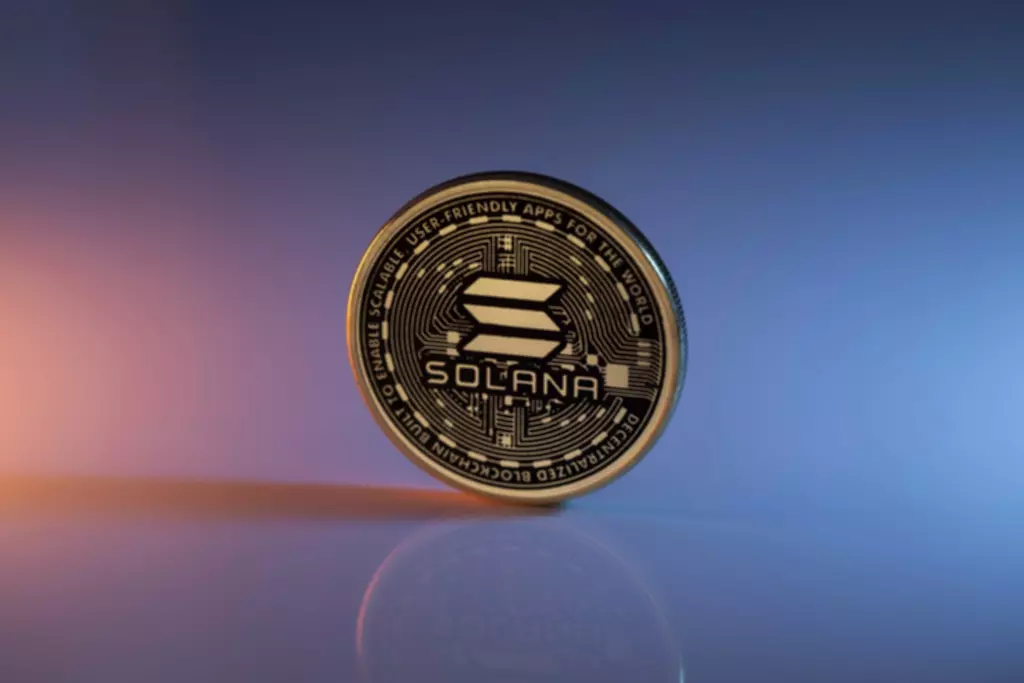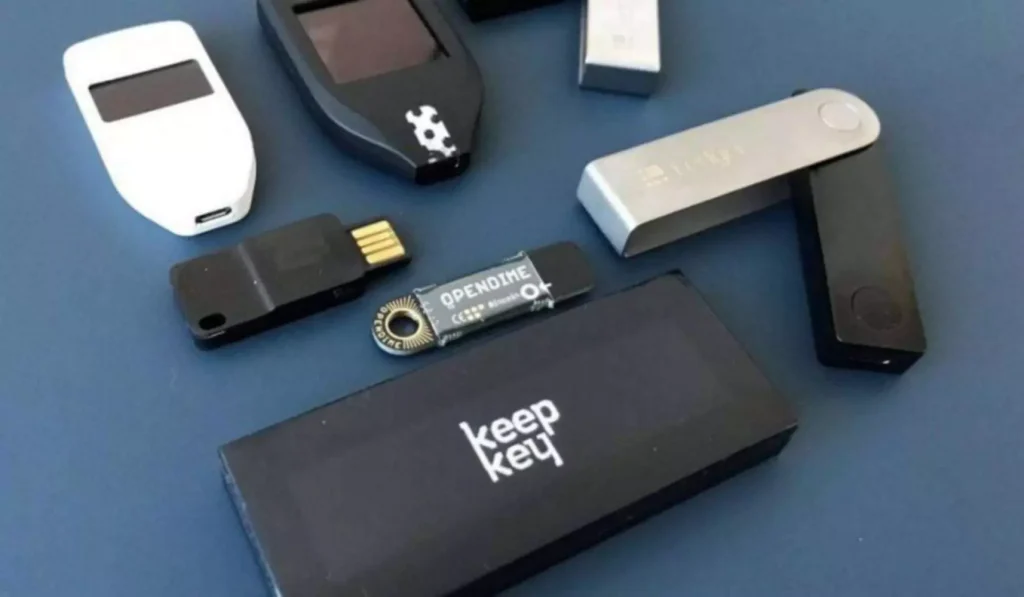Content
Cindicator is a world-wide team of individuals with expertise in math, data science, quant trading, and finances, working together with one collective mind. Founded in 2015, Cindicator builds predictive analytics by merging collective intelligence and machine learning models. Stoic AI is the company’s flagship product that offers automated trading strategies for cryptocurrency investors. Those owning 32 ETH may become network validators directly and get the ETH cryptocurrency for block validation. If you still want to be a validator but don’t have 32 ETH on your account, the cryptocurrency services providing staking opportunities with minimal sums are here to help.

The post explains that the reason for this was the need for terminology that clearly embodies the changes that were being made to the network. Ethereum 2.0 is one of the most-anticipated upgrades in crypto presently. The upgrade which will bring better scalability and cheaper prices to the network is nothing short of needed given that demand has driven these two things to its brink on the network. This is why Ethereum developers have been hard at work for two years trying to usher in this new era. As time goes by, the outdated terminology we’ve all been using will only become more inaccurate, as when the merge finally happens, eth1 and eth2 really will cease to exist, and all that’s left will be Ethereum. Also, ever since the term ‘Ethereum 2.0’ entered the crypto sphere, we’ve seen a proliferation of scams and schemes where users are duped into swapping their “eth1” tokens for “eth2” tokens, which don’t exist.
The views and opinions expressed in this article are the author’s [company’s] own and do not necessarily reflect those of CoinMarketCap. Firstly, people intuitively believe that Ethereum 1.0 came before and Ethereum 2.0 came after, and that when 2.0 launches, 1.0 dies. Therefore, doing away with Ethereum 2.0 means that future Ethereum users need not navigate this confusing mental model. One last thing to note, proof of work networks become increasingly more intensive to participate in. To sum it up, mining coins becomes more computationally intensive over time, demanding advanced equipment that discourages participation from everyday users–think server-farm-sized warehouses.
How Are Corporations Responding To Climate Change?
When “the merge” happens, the network will hot-swap over to the beacon chain for validation, and in theory, nothing will have to stop or be disrupted. There’s also the possibility that switching to proof-of-stake validation could mean that ETH is easier to classify as a security. https://xcritical.com/ The Securities and Exchange Commission and Web3 entities in the U.S. have a tenuous relationship, to say the least. The prospect of the second-largest cryptocurrency in existence attracting the SEC’s ire isn’t something about which anyone should be particularly excited.

That should in turn limit supply and lift activity, giving analysts reason to be bullish in the long term. Menu icon A vertical stack of three evenly spaced horizontal lines. Ethereum co-founder Vitalik Buterin reminded everyone that The Merge by itself will lower global energy usage by 0.2 percent. The transition to Etherium 2.0 will pave the way for Web 3.0, a still young and evolving ecosystem. Unrestricted monetary policy combined with easy extraction of fossil fuel is what got the planet’s CO2 to where it is today, if we care we should restrict that, not peoples’ freedom to utilize energy. If all goes smoothly, Ethereum developers expect the merge to take place during the week of September 15, 2022.
Extremetech Newsletter
The first miner to reach the correct answer and produce the block is rewarded for their hard work. This process has secured the Ethereum blockchain since its inception. Popular cryptocurrency blockchainEthereumhas completed its long-awaited switch to proof-of-stake. That upgrade process, better known as “The Merge”, has been years in the making. According to theEthereum Foundation, today’s transition reduces Ethereum’s energy consumption by 99.95%. The increase in hashing power distributed across the current ecosystem, at today’s prices, cannot realistically lead to profitable GPU mining for any cryptocurrency.

CryptoSlate spoke to Stefan Ristic from bitcoinminingsoftware.com, who raised another possibility. Presently, miners use proof of work to validate transactions by solving complex mathematical puzzles. The new proof of stake model has users who validate transactions using ETH tokens they own. In effect, the mainnet Ethereum platform will merge with the Ethereum 2.0 blockchain platform. In order to participate in this, you stake 32 ether , which right now is about $48,000. When a transaction comes in, a validator is randomly chosen to validate blocks.
In recent times, nonfungible token minting events have been no different. During these episodes of network congestion, users have to pay relatively huge sums of money as transaction fees. The proof-of-stake mechanism radically changes how the Ethereum blockchain works. It eliminates the need for mining new blocks as the network is now secured using staked ETH and validators. The problem with copying the original Ethereum chain is that ETHW now includes the difficulty bomb that would make GPU mining useless some time in 2023.
ETHW is not yet available as a coin, yet its IOU valuation is already trading at ~US$30. On the bright side, Nvidia and AMD are now offering most of the current gen GPUs at lower-than-MSRP in preparation for the next gen launches. Ethereum 2.0 plans to move away from proof-of-work mining toward proof-of-stake. Proof of work mining is a consensus method or way for computers around the world to agree on transactions and code. In proof of work, people all over the world contribute to the network and push their computers to the bleeding edge to process transactions and earn Ethereum by doing so.
The Case Against Blackrocks Foray Into Bitcoin
As a result, the promised throughput of Ethereum 2.0 is 100K transactions per second against the current 30. Switching to proof of stake empowers more users to participate in validating the Ethereum network. Join a mining pool where everyone stakes together and divides the rewards. Remember, in crypto, more user participation means the network is more decentralized and less susceptible to foul play.

In a recent announcement, Ethereum Foundation announced that it is retiring the name ETH 2.0 in favor of something that better describes the work being done on the network. Ethereum caught quite a bit of flak for the name change, the main complaints being that this new terminology will only add to the confusion. But while the name change might seem unnecessary or overzealous to some, it should pay off in the long term, if only because these new terms are accurate. Also, going forward, any updates or changes to Ethereum will henceforth be called “upgrades,” and not Ethereum 3.0 or 4.0.
What Is Pow?
The Ethereum blockchain is the technical infrastructure that allows countless Web3 applications and crypto and NFT projects to exist. Nothing is created, and there’s no other economic value to this activity. It’s hard to view this as anything but obscene, and the Bitcoin network has no plans to move to proof-of-stake, or any other model, at this stage. The new model is known as “proof of stake.” Under this model, anyone who stakes a minimum of 32 Ether tokens (valued at a little over US$50,000 at current rates) can become a validator.
Execution layers create a place for applications to live and process transactions that relate to those applications. You can think of this as the engineering that allows for data transfers on the blockchain to take place. Ethereum Proof of Stake Model The concept has recently gained some traction outside the blockchain-savvy world, where one only has to say “excessive energy consumption” to induce horror among audiences seeking a more “sustainable” economy.
- And in order to be trusted, these people need to have some skin in the game, something to lose if they’re caught cheating.
- There was always a non-zero chance that something could go wrong, but I’m cautiously optimistic because they’ve really tested this thing through and through.
- Instead, Ethereum1.0/ eth1 is now called the execution layer, and Ethereum 2.0/ eth2 is called the consensus layer.
- With all those displaced miners, we could see them switch to other cryptocurrencies that still use proof-of-work.
- Keep in mind there are risks, including having your Ethereum tokens as collateral.
That will make it a deflationary supply, just like Bitcoin, and enhance its price movement upward. One additional factor about the transition to PoS is that the number of rewards to validators will drop dramatically. Instead of the current 5.4 million new ETH tokens granted per year, it will drop to just 0.54 million a year, according to Lark Davis who runs a popular YouTube channel. There is some argument about whether having validators makes the proof-of-stake systems less secure compared to proof of work. But the slashing mechanisms behind that, like the financial penalties, are pretty grave. One of the biggest benefits of this will be a reduction in energy consumption by the blockchain that some estimate could be equivalent to the entire annual energy consumption of Switzerland.
Bitcoin, Gold Correlation Nears 1 Over Past Year, Indicating A Bottom
These name changes aren’t a change to the roadmap itself, nor will they steer Ethereum in a different direction. Rather, they’re an update to how Ethereum’s roadmap is described as the roadmap evolves over time. Besides, as Ethereum’s roadmap evolved, the old terms no longer accurately described its various developmental stages, rendering them obsolete. But an accurate roadmap with relevant terms is extremely useful, as it allows the broadest possible audience to understand Ethereum.
All investments involve risk and the past performance of a digital asset or other financial product does not guarantee future results or returns. Cryptocurrencies are highly speculative in nature, involve a high degree of risk and can rapidly and significantly decrease in value. It is reasonably possible for the value of Cryptocurrencies to decrease to zero or near zero.
PoW, or Proof of Work, protects the decentralized blockchain network of Bitcoin. The miner solves a complex cryptographic task using their equipment and sends the solution result to the system, comparing the solution to the model. If they match, the miner gets rewarded in bitcoin for completing the job. Ethereum developers have been hard at work at the merge for years, delaying it multiple times in the process. To pull off a switch of this magnitude, engineers have been conducting dress rehearsals for the merge in recent months involving several Ethereum test networks to look for bugs or hiccups in the transition process.
The issue of whether this can be profitable is not for discussion here, as it can become quite complicated. Suffice it to say that one must completely study any particular ETH staking pool. Keep in mind there are risks, including having your Ethereum tokens as collateral. These pools combine Ethereum tokens to become part of a pooled validation company that splits up rewards.
Given the current computational technologies, DDoS attacks are impossible for the blockchain using PoW. The high energy costs and negative impact on the environment don’t just result in mass media ostracizing this technology, but it also leads to mining centralization and low transaction throughput. As a result, solo mining has become near to impossible—the system strips simple users of a single chance to ever get the mining reward. The PoS algorithm chooses a validator among the participants who check if the generated blocks meet the blockchain requirements and gets a commission for completing a transaction using a smart contract. The resulting sum is much lower than from mining using PoW technology, but on the other hand, the PoS expenses are far lower. The Ethereum blockchain was launched in 2015 and has become the runner-up to Bitcoin.
Related Articles
Because of the exceptionally low fee endemic in the current BSV ecosystem, the amount of block reward in fees for most of the transactions hardly make it worthwhile for a miner to put into blocks. Ethereum’s switch from proof-of-work to proof-of-stake has been completed earlier today as officially announced by the cryptocoin’s creator Vitalik Buterin via Twitter. It would also lead to a massive GPU dump, resulting in considerable discounts, but this might not happen right away. It looks like not all the ETH miners are willing to renounce their GPU exploits to embrace the greener PoS version.
Ripples Xrpl To Soon Support Nfts
Ethereum which had suffered greatly in the crash, losing about 40% of its value, has trended upward in the last day. However, the change in value remains insignificant as ETH is still a long way away from hitting the $3,000 point. This article contains links to third-party websites or other content for information purposes only (“Third-Party Sites”).
There seemed to be only very minor issues, and developers seem to have been impressed with how well it went. This is thanks to the number of test networks and shadow forks the developers worked on in order to make sure that the merge would go as smooth as possible. Now, Ethereum operates fully under a proof-of-stake consensus mechanism. The proof-of-work energy consumption of Bitcoin, for instance, is equivalent to that of Switzerland. So it’s a lot of energy that will be saved for Ethereum, but in addition to energy consumption, developers also believe that moving it to a proof-of-stake model is going to make the network more secure. Although the creators of Ethereum have used mining for network security and for earning more Ether, they have always been planning to switch to a safer and more efficient protocol.
Ethereum’s price dropped about 10 percent when The Merge went into effect, but it has been stable throughout the day. With all those displaced miners, we could see them switch to other cryptocurrencies that still use proof-of-work. So far, popular mineable coins like Dogecoin and Bitcoin have been flat or down since The Merge. The PoS algorithm, on the other hand, offers higher energy efficiency, scalability, and transaction throughput.
Will There Be An Eth Hard Fork?
As with BTC, transaction fees have been prohibitively high as miners struggle to handle the demand. This has left a lot of funds “stuck” in wallets and high-transaction-volume DeFi apps stalled. That process was described under the umbrella term “Ethereum 2.0” until this week, but developers felt it added confusion and led to a belief that Eth1 and Eth2 were stages rather than components.
This uses quite a bit of energy, specifically when the network is as large as Ethereum–the largest virtual machine on earth. When Ethereum launched, it leveraged the blockchain technology pioneered by Bitcoin while opening up the programmability beyond simple transactions. Developers began onboarding and creating a wide variety of applications on the Ethereum network.
